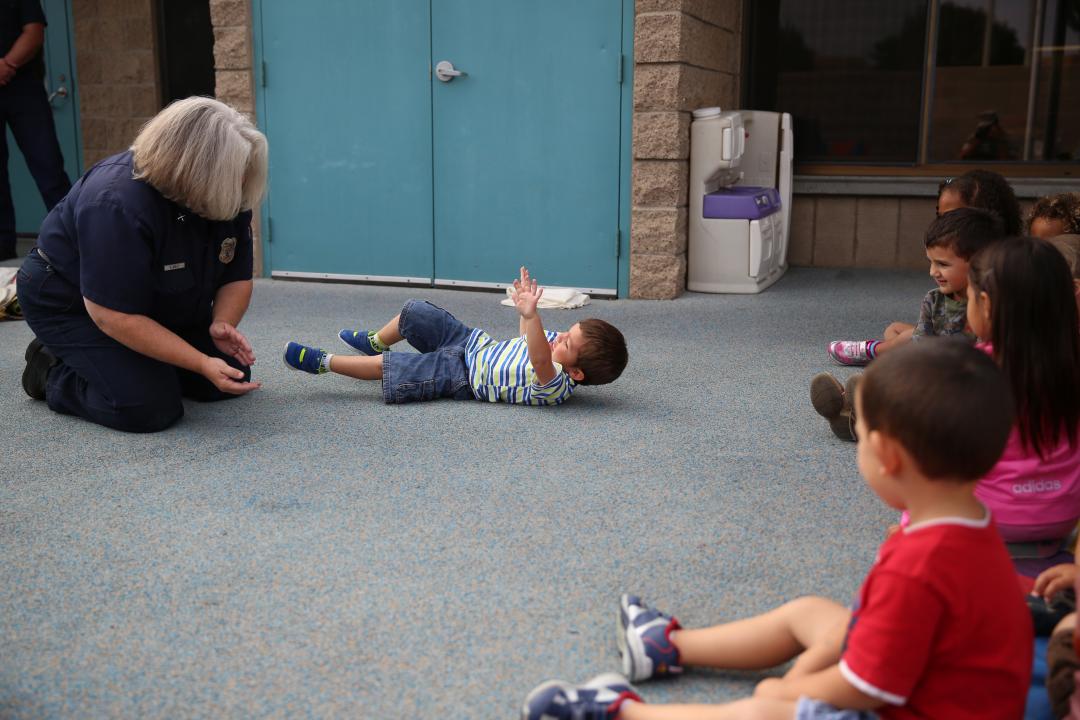28 steps to take for fire safety
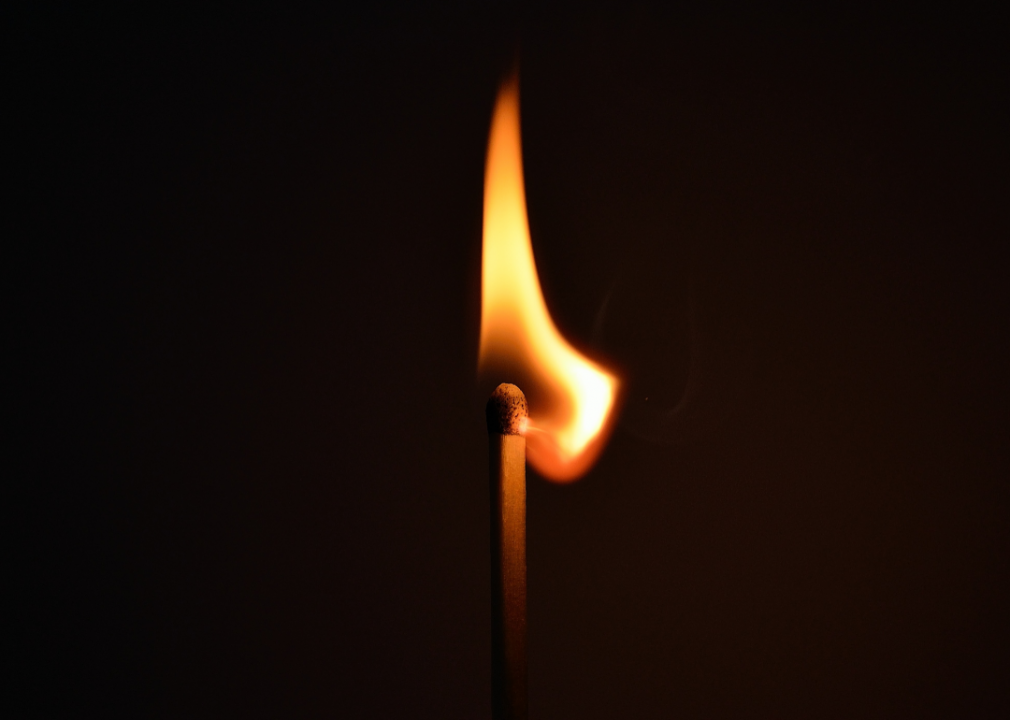
Canva
28 steps to take for fire safety
Many Americans have acquired a new appreciation for the destruction of wildfires after several years of fire events scorched hundreds of thousands of acres in California and the American West. While these devastating fires were covered extensively by the media, small-scale house fires caused by cooking, heating, and electrical malfunction are much more common.
In other words, household objects you use every day are far more likely to cause a fire than Mother Nature. Stacker surveyed recommendations from the Federal Emergency Management Agency (FEMA), National Fire Protection Association, American Red Cross, and other experts to compile this list of 28 steps everyone can take to prevent a fire or minimize fire damage. Although you can never be completely prepared for an emergency, following these tips will at least increase your household’s fire safety.
Before disaster strikes, take these steps to reduce your risk of both residential fires and wildfires.
You may also like: How weather has shaped human history
![]()
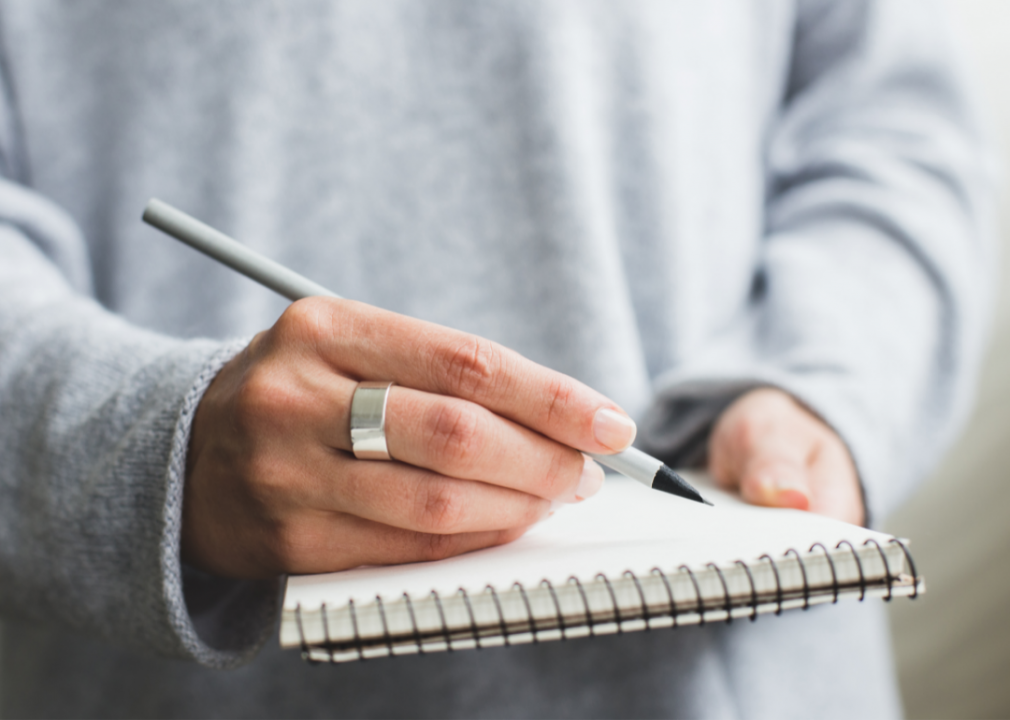
Canva
#1. Make an emergency plan
Every household should have a solid emergency plan. Talk to your family about how you will receive emergency alerts, what you will do if you need to seek shelter, where you will go if you need to evacuate, and how you will communicate if you’re separated.
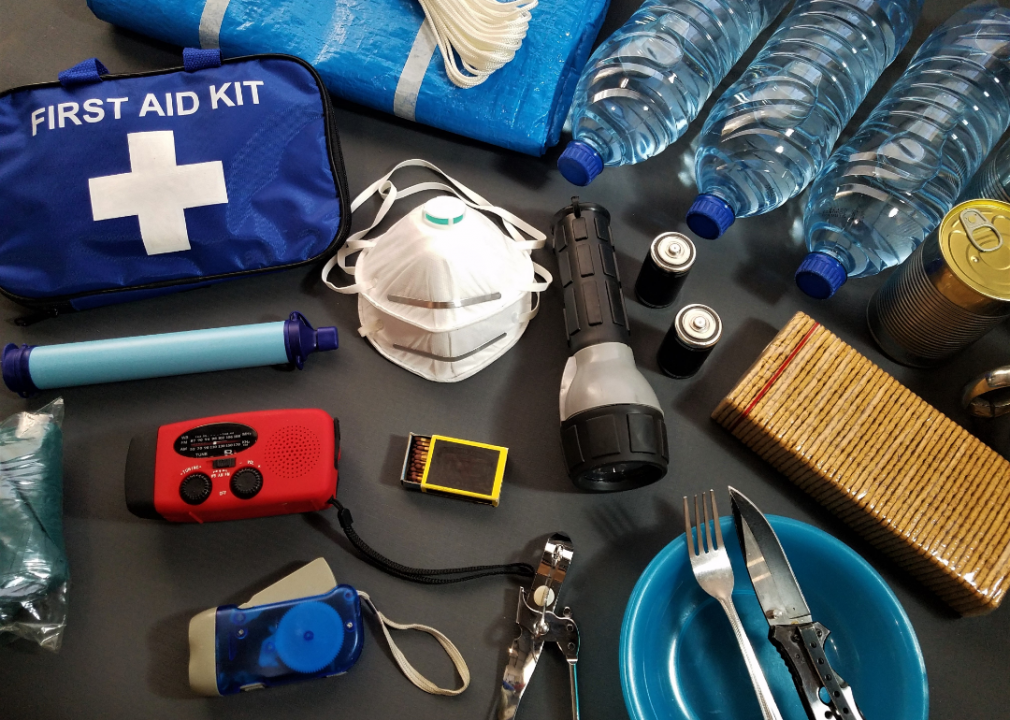
Canva
#2. Put together an emergency kit
An emergency supply kit typically includes enough supplies to allow you to survive for several days without food or water, in addition to go-bags for each member of your family. If your home catches on fire, you might not have time to take your entire emergency kit—but if you keep your go-bags in an easily accessible place, you might be able to grab them on your way out.

Canva
#3. Install smoke alarms
Properly installed smoke alarms can reduce your risk of dying in a fire by half. The National Fire Alarm and Signaling Code requires new homes to have interconnected hardwired smoke alarms with backup batteries on every level of the home, outside each sleeping area, and inside each bedroom. Existing homes must have smoke alarms on every level and outside each sleeping area, at a minimum.
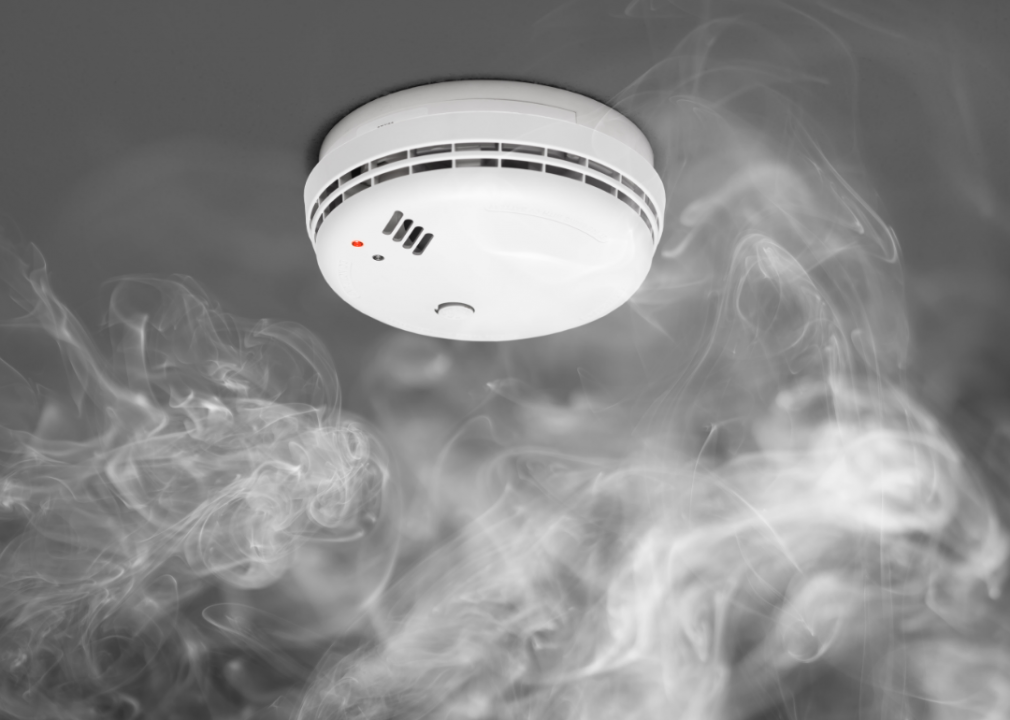
Canva
#4. Test your smoke alarms monthly
All the smoke alarms in the world won’t do you any good if they’re not in working order. Press the test button on the alarm at least once a month to ensure that it still works.
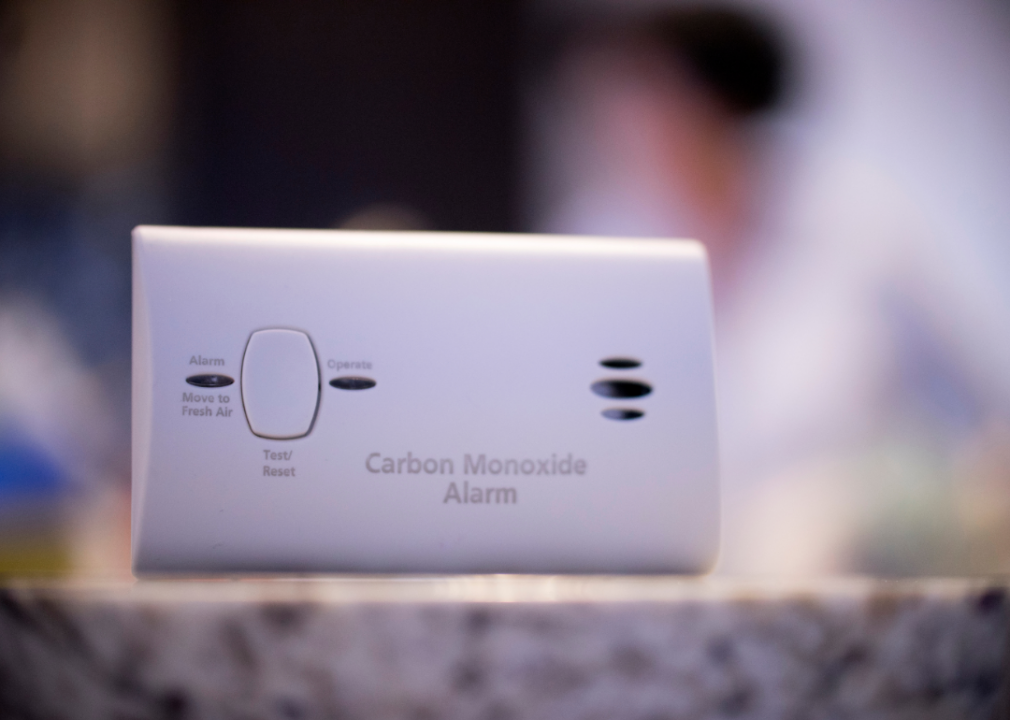
Canva
#5. Install carbon monoxide alarms
Fires also create the risk of carbon monoxide poisoning; any time fuel burns, it produces this colorless, odorless gas. High amounts of carbon monoxide can be poisonous, so it’s especially dangerous in enclosed spaces. Install a battery-operated carbon monoxide detector close to your bedroom—it’s important that the alarm could wake you up in the middle of the night.
You may also like: Dramatic satellite observations that show the true scale of Arctic change
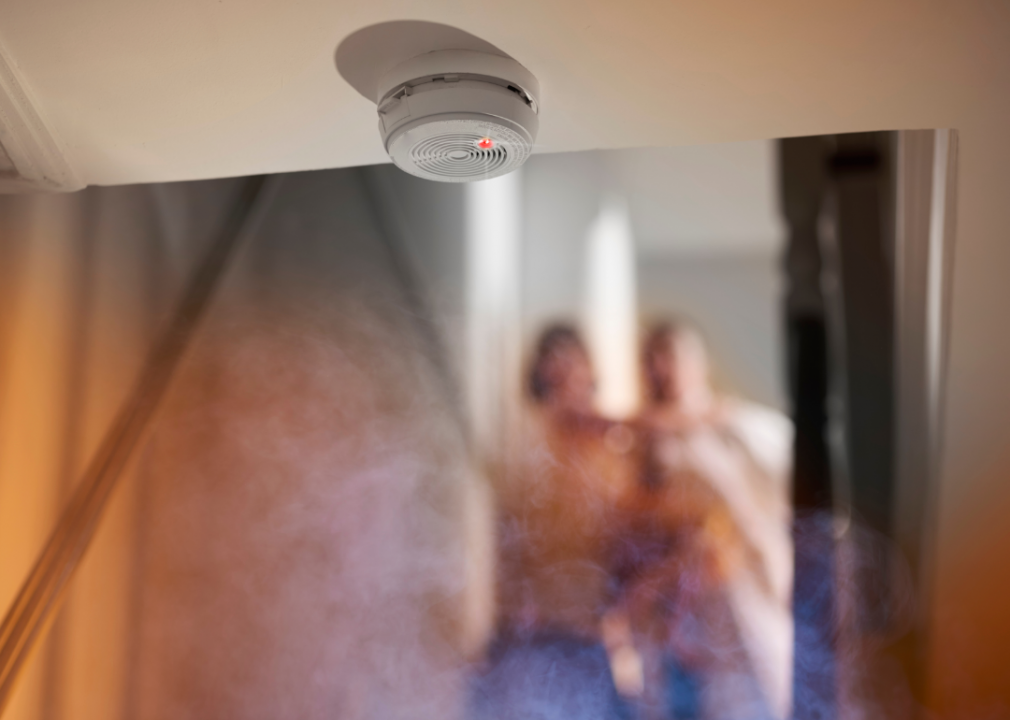
Canva
#6. Make sure every member of your family knows what the alarms sound like
Demonstrate both the smoke alarm and carbon monoxide detector for the entire household to ensure everyone is familiar with the sound of the alarm. That way, if they do ever go off, you won’t waste precious time wondering what that funny noise means.
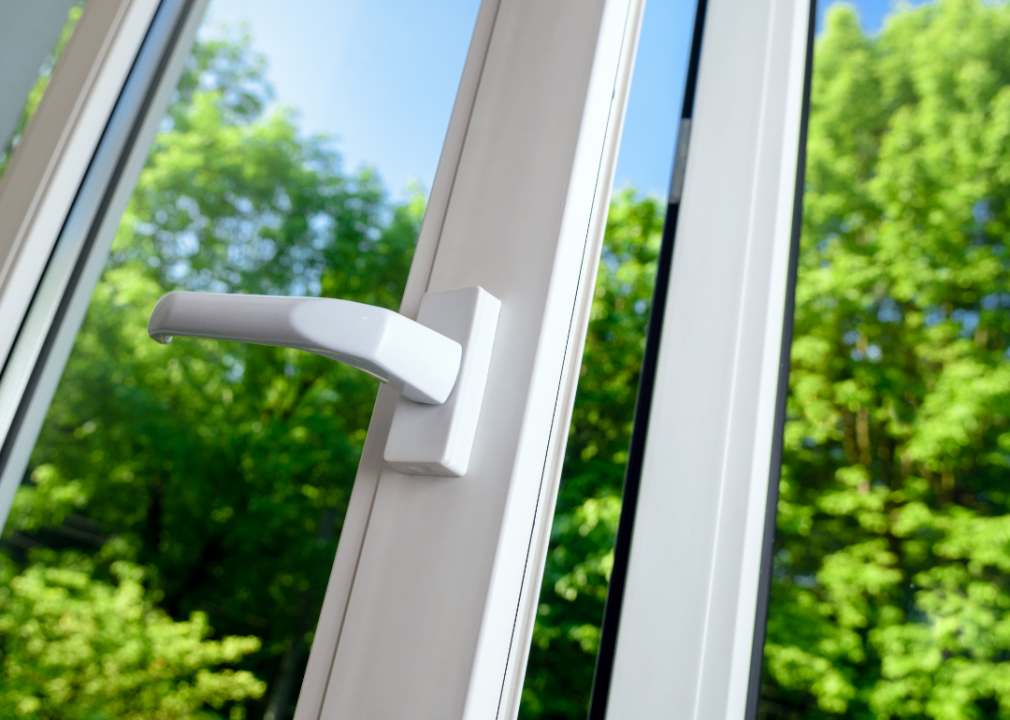
Canva
#7. Teach every family member how to escape from any room
If a fire starts, you might have two minutes or less to get out of the house. Create a fire escape plan so every member knows exactly what to do. You should know two ways to escape from every room, in case the usual exits are blocked by flames.

Canva
#8. Practice escaping from your home twice a year
Plan timed escape drills twice a year to ensure that every member of your family could escape quickly and easily in case of a fire.
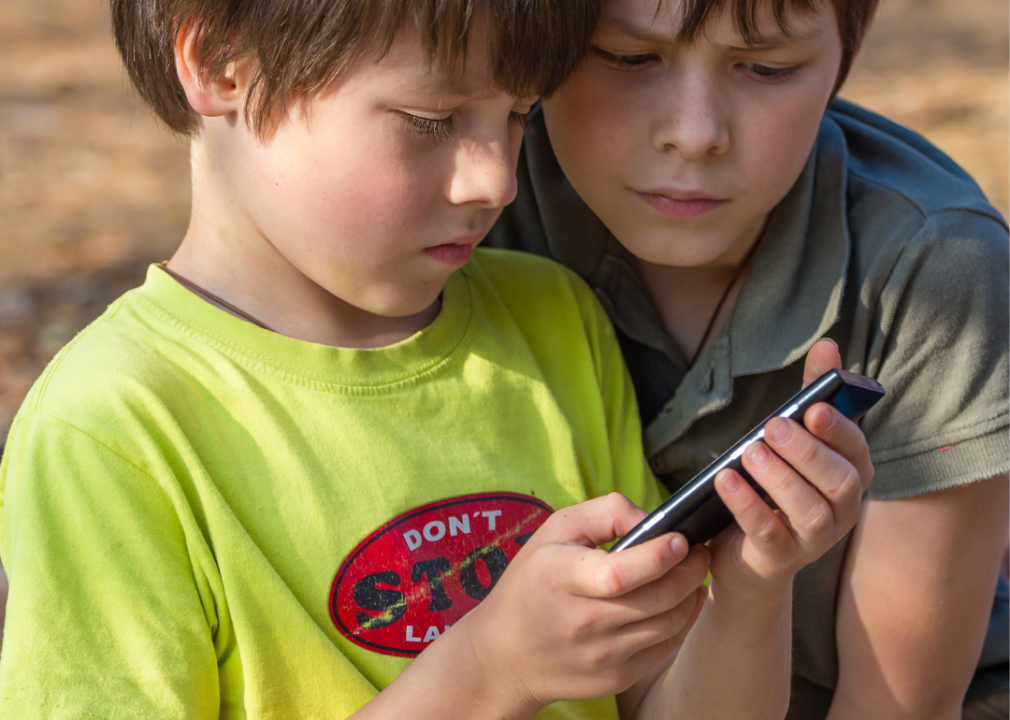
Canva
#9. Ensure that every family member knows how to call 911
Mom and Dad shouldn’t be the only ones who know what to do in case of an emergency. Teach young children when and how to call 911 and make sure they know to provide their name and address to the dispatcher.
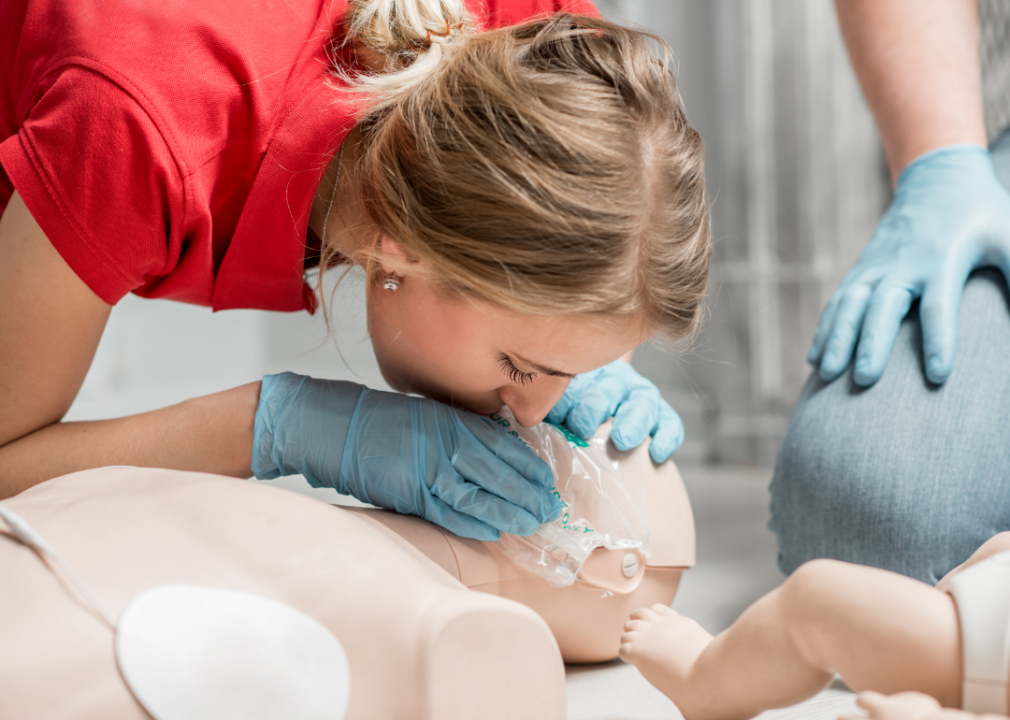
Canva
#10. Sign up for a first aid class
It’s always a good idea to learn how to administer first aid. After a fire, you might need to help a family member before emergency responders arrive. Sign up for a first aid class near you to learn the basics.
You may also like: States with the most hailstorms
U.S. Marine Corps
#11. Learn to stop, drop, and roll
If your clothes catch fire, you’ll need to follow three simple steps: stop, drop and roll. Rolling on the ground will smother the flames on your clothing so you can continue escaping safely.
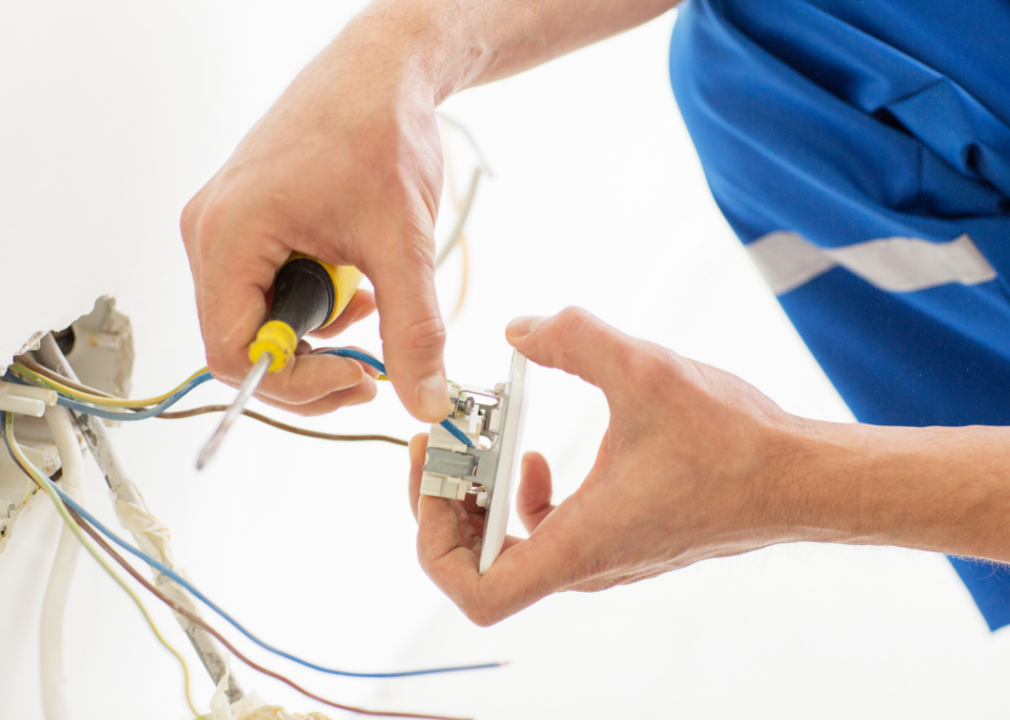
Canva
#12. Check your home’s electrical wiring
Electrical failures or malfunctions played a role in 13% of all home structure fires from 2012-2016 (the most recent data available), according to the National Fire Protection Association. This is the second leading cause of home fires, after fires springing from unattended equipment. Faulty wiring specifically caused the majority of those fires. Reduce your risk of electrical fires by hiring an electrician to check your home’s wiring.
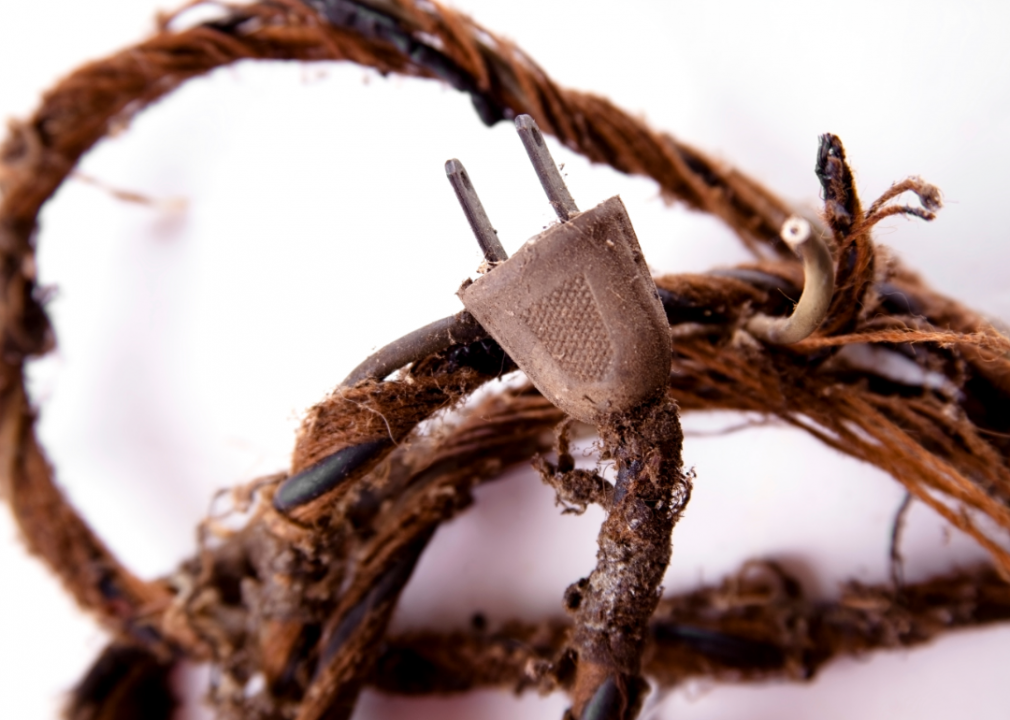
Canva
#13. Replace frayed electrical cords immediately
Fix or replace frayed cords and exposed wires right away to keep your home safe from rogue sparks.
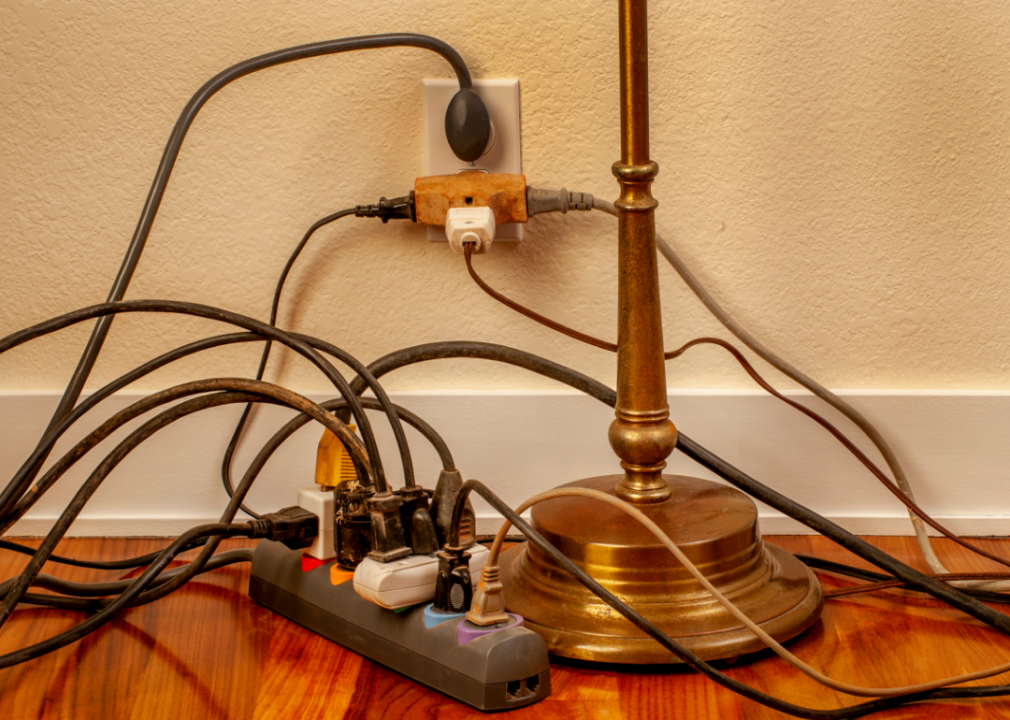
Encryptedruler // Wikimedia Commons
#14. Don’t overload your outlets
Plugging in too many electrical devices to an outlet can overload the circuit, generating heat that wears down internal wires and can eventually start a fire. Never plug more than two appliances into the same outlet or use multiple extension cords to power several devices from the same outlet.
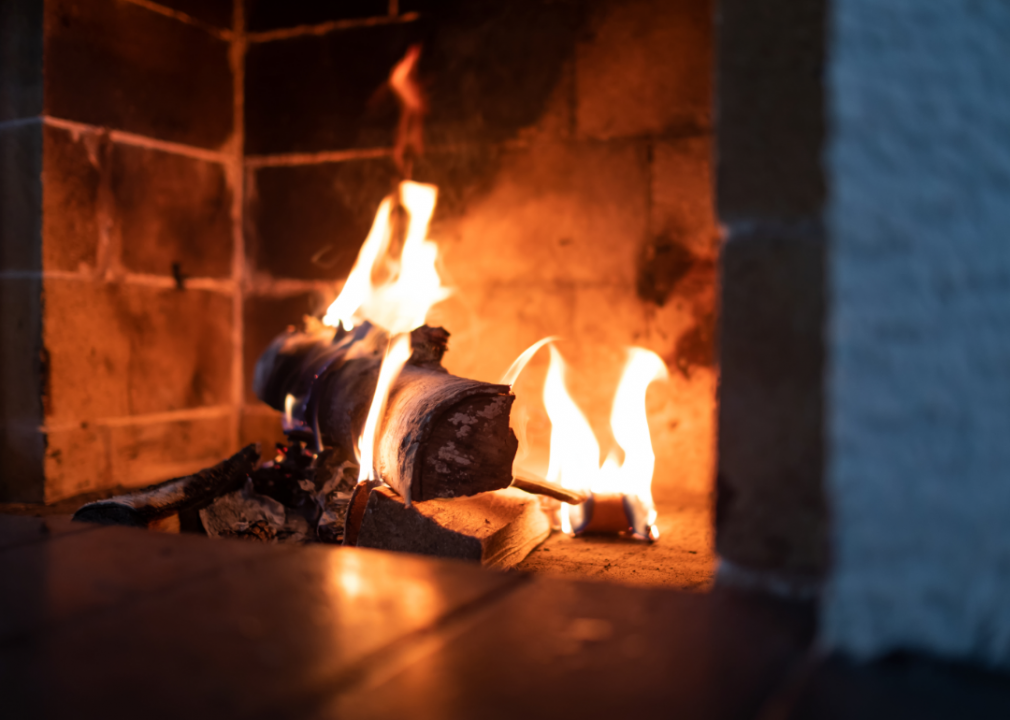
Canva
#15. Make sure your heat sources are in good working order
People living in the Midwest and American South are more likely to die in a house fire than people living in other regions, according to FEMA. In the South, these deaths are partially attributed to the occasional need for heating—whereas people living in colder climates have central heating in their homes, many Southern households use space heaters and other portable heating solutions that are more likely to cause a fire. Prevent potential fires by having your fireplaces, furnaces, and chimneys cleaned and inspected at least once a year.
You may also like: States with the most severe summer weather
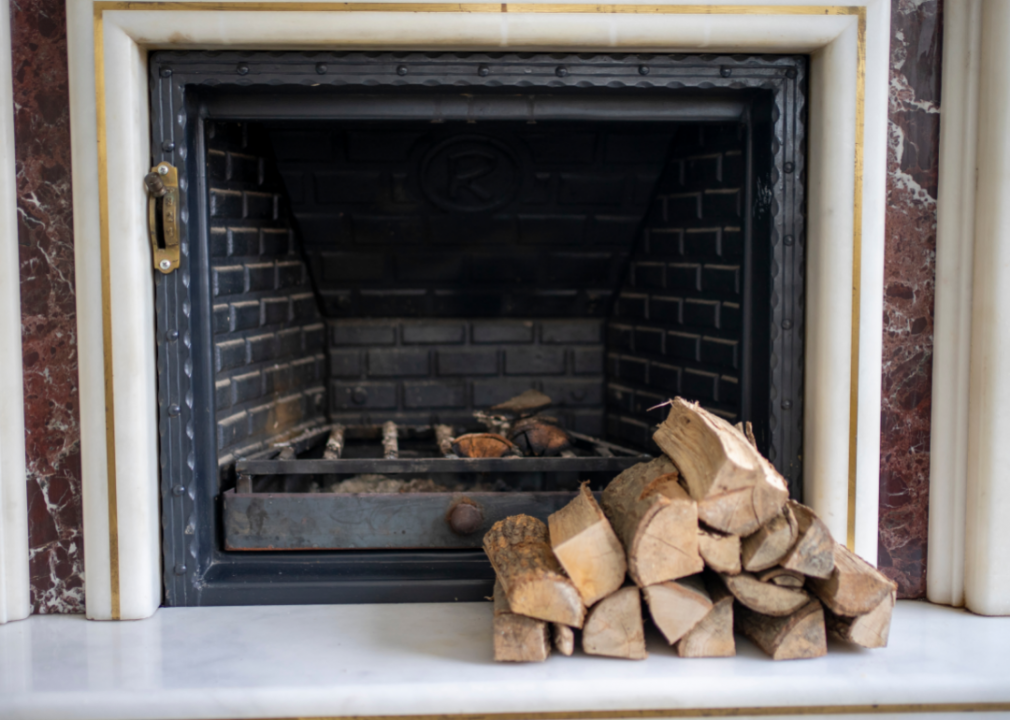
Canva
#16. Store combustible materials in a safe place
Be careful not to store firewood, fuel, or flammable materials near the fireplace, furnace, space heater or other heat sources. You don’t want an errant spark to find anything that could burst into flames easily.
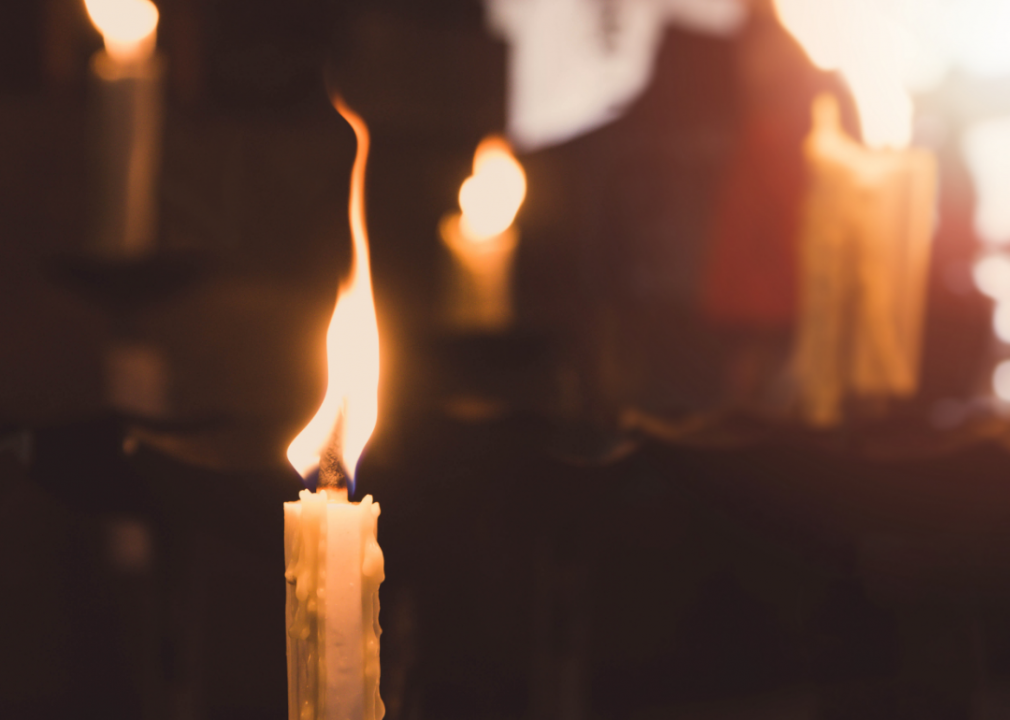
Canva
#17. Never leave open flames unattended
Always monitor open flames, whether that means the fireplace, the stove, or a lit candle. Don’t leave any fires—even controlled ones—unattended.
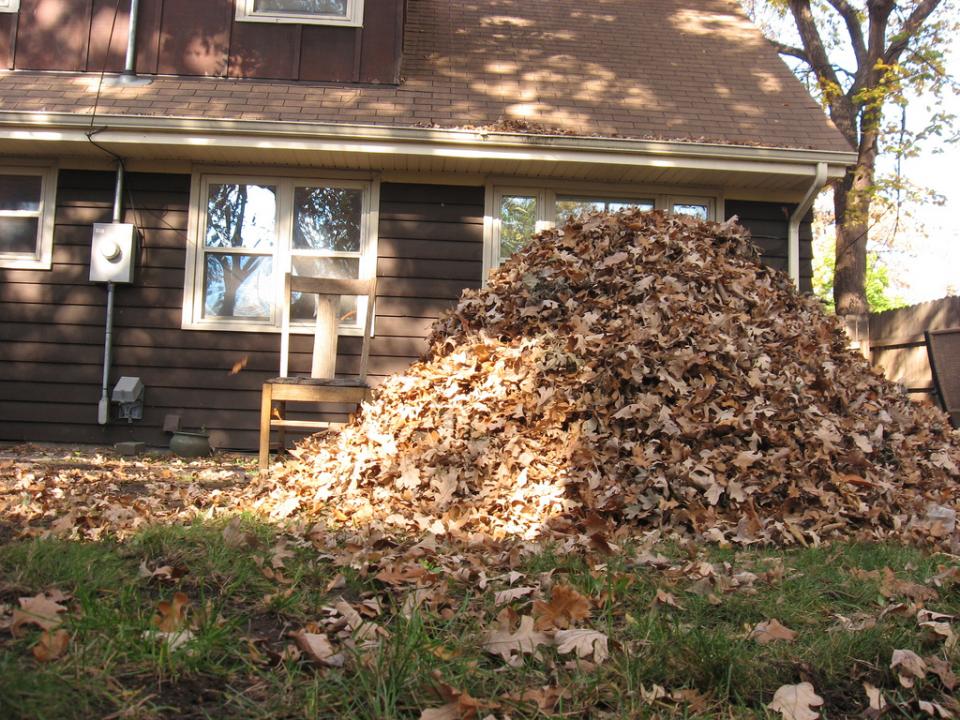
Colin Anderson // Flickr
#18. Clear debris and flammable materials away from the exterior of your home
FEMA recommends keeping a 30-foot defensible zone around the exterior of any building to prevent wildfires from spreading. This means clearing any debris that could catch fire—such as dead leaves, pine needles, shrubs, and other flammable vegetation—within 30 feet of your home.
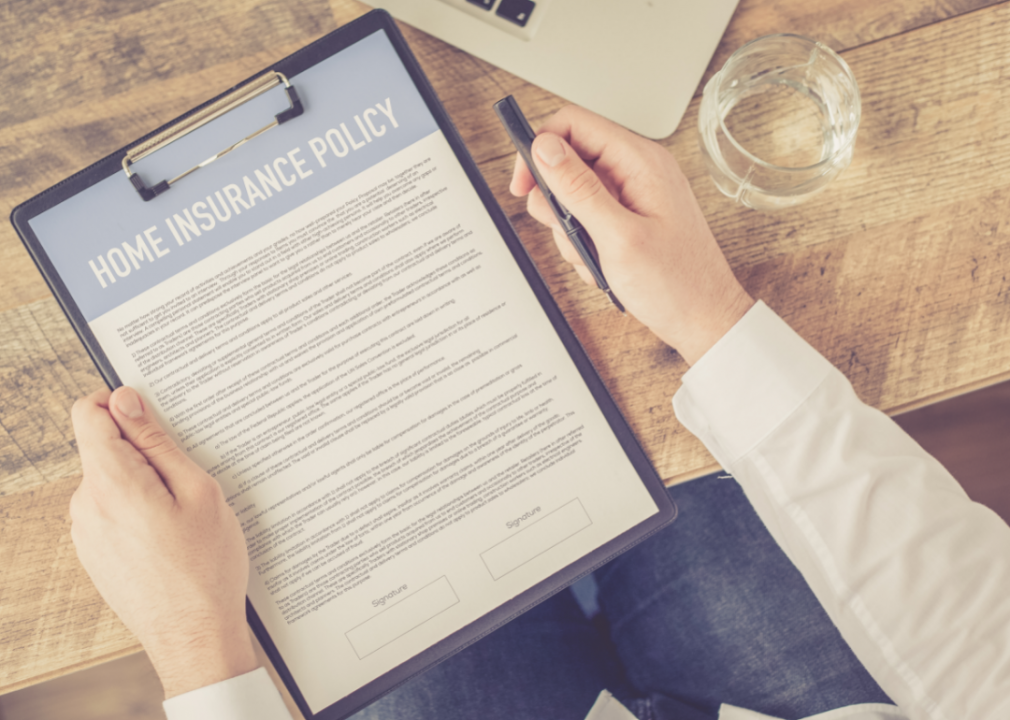
Canva
#19. Check your insurance policy
Review your homeowners or renters insurance policies regularly so you know what will and will not be covered in case of a fire.

Canva
#20. Take an inventory of your belongings
If the worst happens and your home catches fire, you’ll need an inventory of everything you own to submit to your insurance company. The easiest way to take an inventory of all of your possessions is by photographing your home. Walk from room to room, taking photos from every angle. Pay special attention to your closet, bookshelves, and valuables. Keep photos digitally backed up on the cloud and print them off and put them in a fireproof safe along with important documents.
You may also like: Dramatic satellite observations that show the true scale of Arctic change
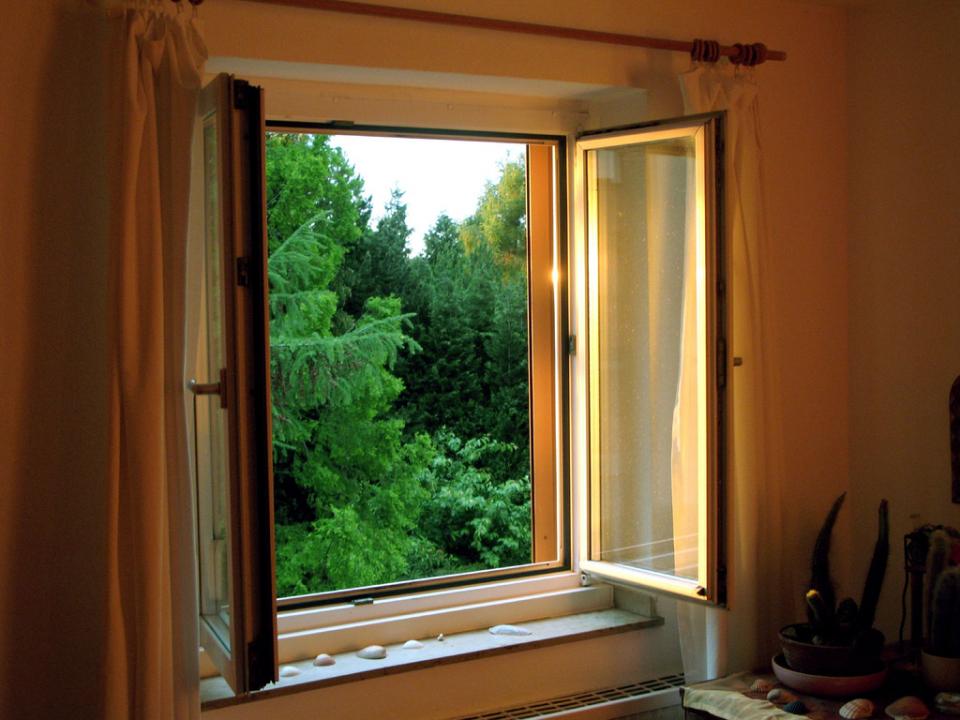
glasseyes // Flickr
#21. If you have time, close all doors and windows
If authorities provide advance notice that you’ll need to evacuate in advance of a wildfire, you can do a few things to help firefighters. Closing every window, door, and vent will reduce drafts and keep the radiant heat down.
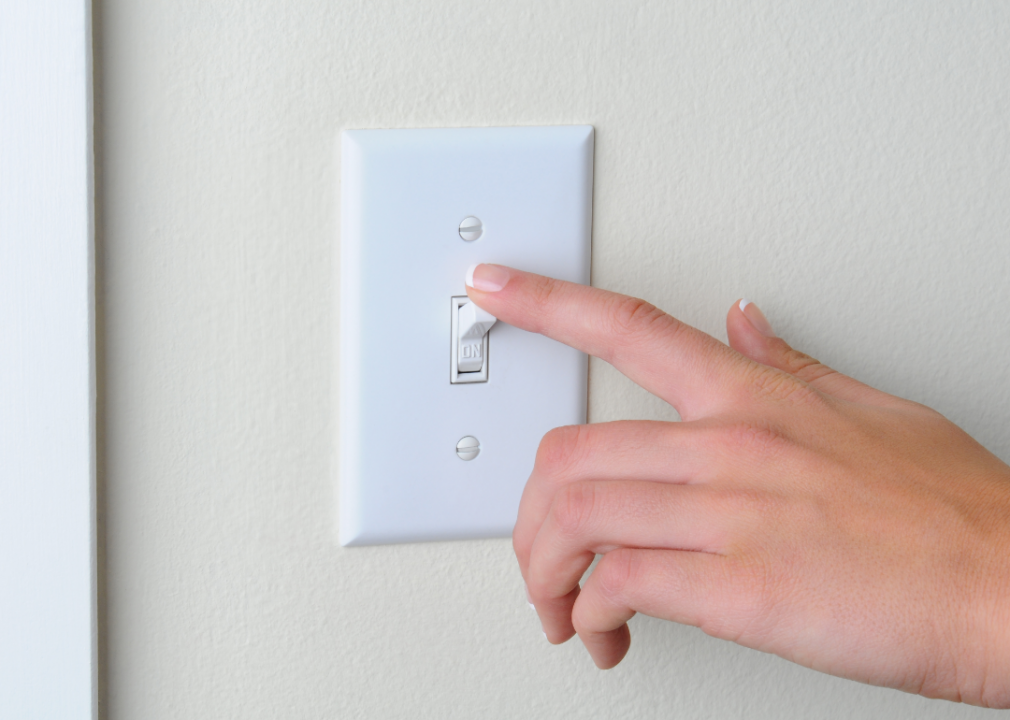
Canva
#22. Turn lights on in every room
If you have time, turn on all of the lights inside and outside your home to make the house more visible through heavy smoke.
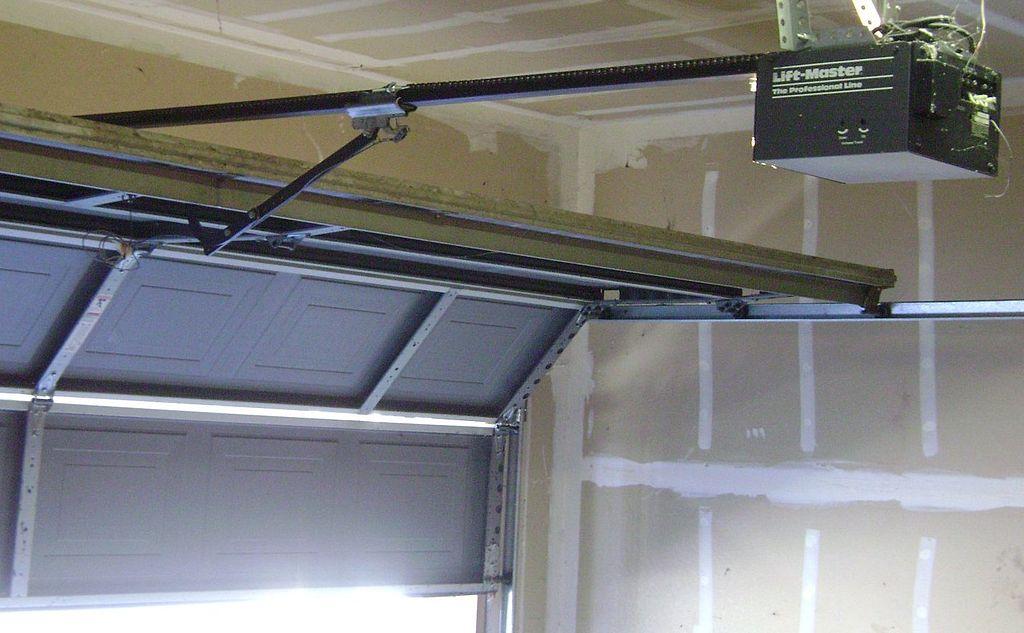
Wikimedia Commons
#23. Disconnect automatic garage door openers
It’s also worth disconnecting your automatic garage door opener so you can open the garage door by hand if you lose power. (Again, only take this precaution if you have enough time.)
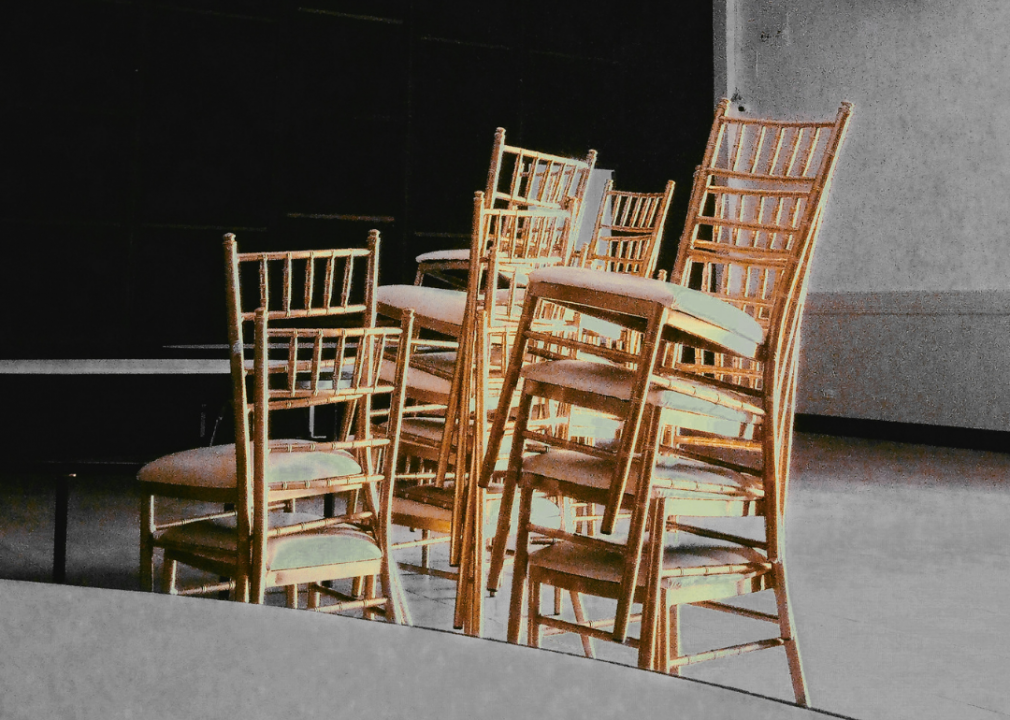
Canva
#24. Move furniture into the center of the room
If you have time, you might also want to move flammable furniture into the center of the room away from doors and windows and remove window treatments like drapes and blinds. This will reduce the chances of fire entering your home.
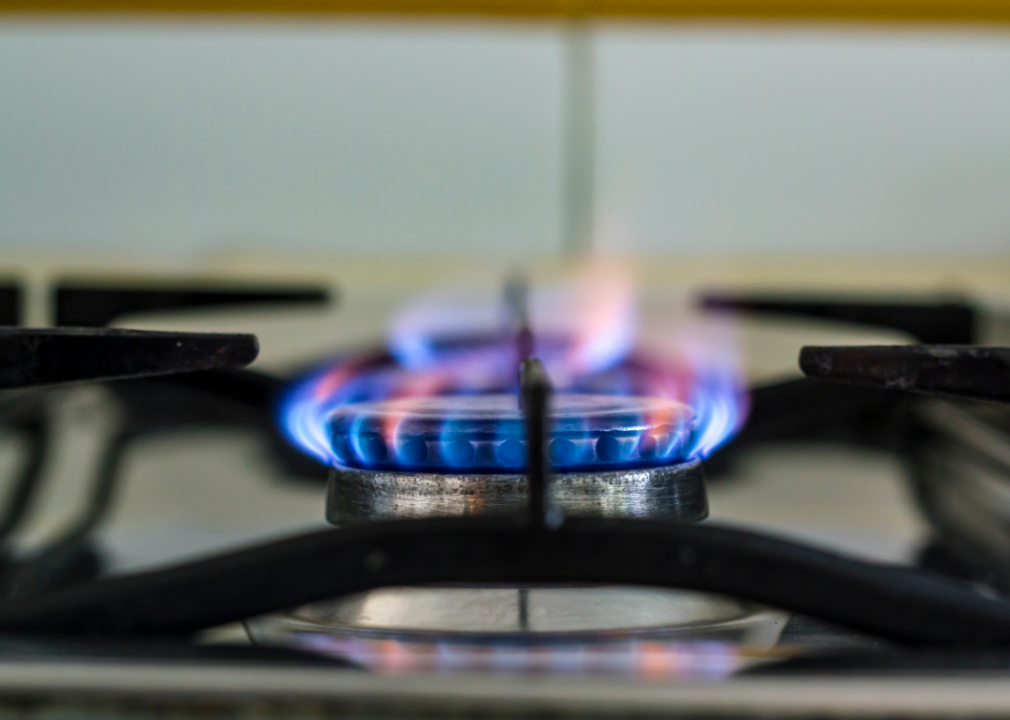
Canva
#25. Shut off your gas supply
Practice shutting off your gas supply in advance so you can limit the amount of fuel a wildfire will have. (Again, only do this if you have enough time before evacuating.)
You may also like: Fastest-warming cities in the US
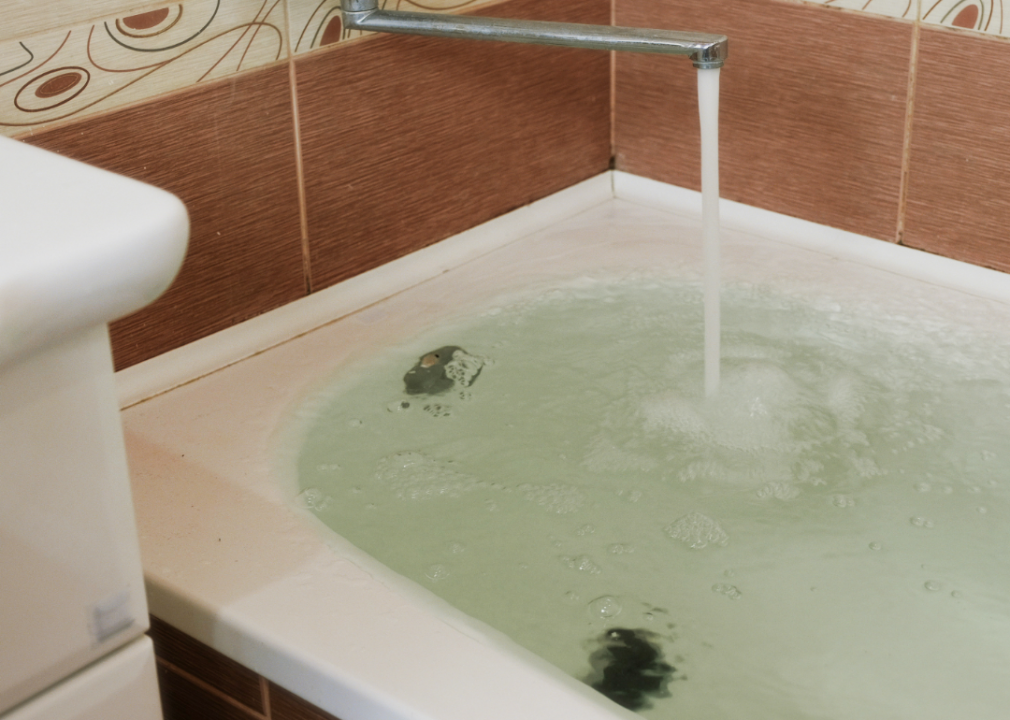
Canva
#26. Fill up sinks, bathtubs, and other containers with water
Run a bath, fill sinks, connect garden hoses, and fill any other large containers you can find with water if you have time before evacuating. This could prove useful to firefighters and allow you to put out small spot fires later on.
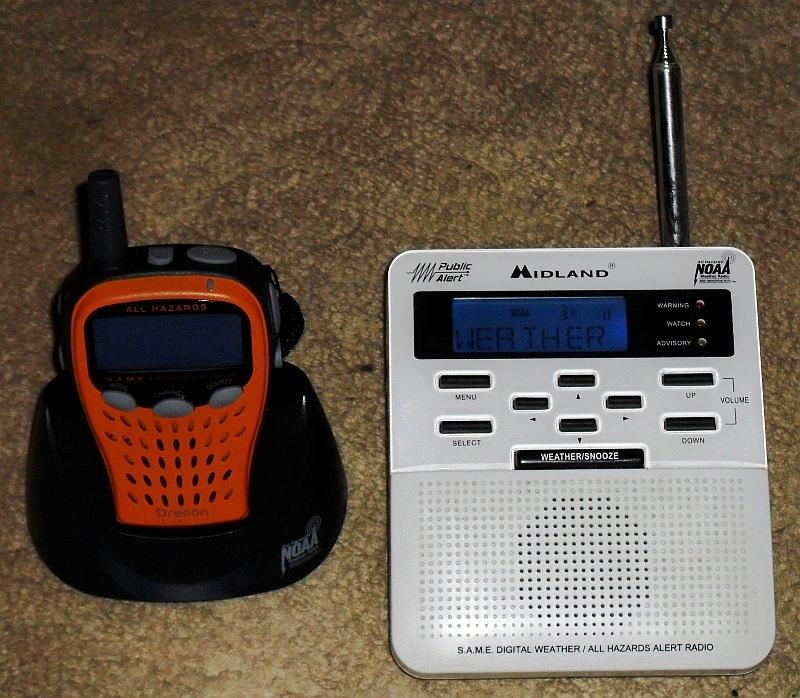
Mrschimpf // Wikimedia Commons
#27. Consider purchasing a NOAA Weather Radio
You might also want to buy a radio that receives NOAA Weather Radio All Hazards, a national network of stations that broadcast weather information from the National Weather Service. This could allow you to stay up to date on all the latest information from officials in case a fire knocks out power in your region.

Canva
#28. Download the American Red Cross App
Finally, download the American Red Cross Emergency: Alerts app ahead of time. This app provides real-time alerts about emergency situations in your area and helps you easily connect with loved ones in case of an emergency.
You may also like: Most expensive weather disasters from every state
